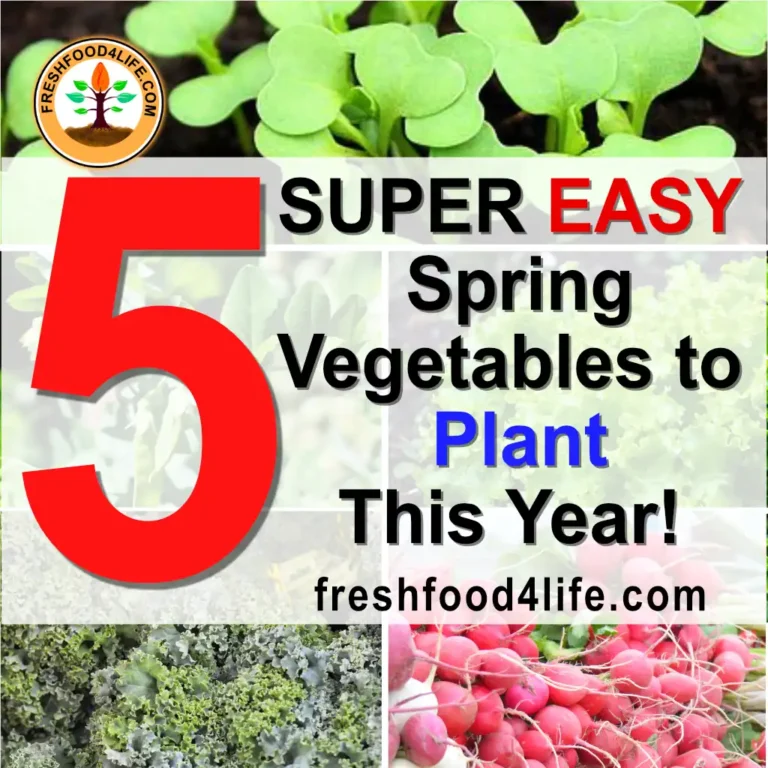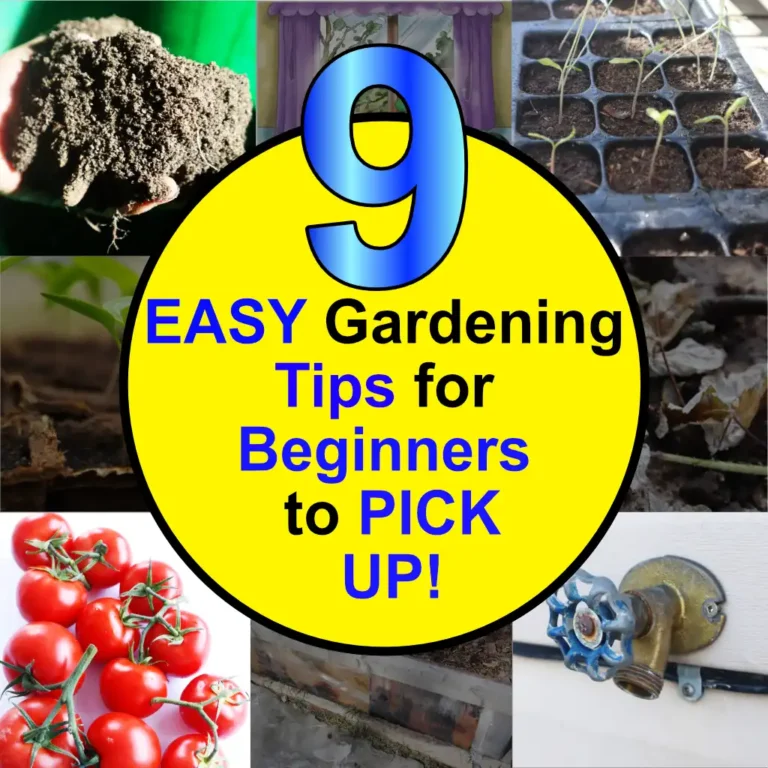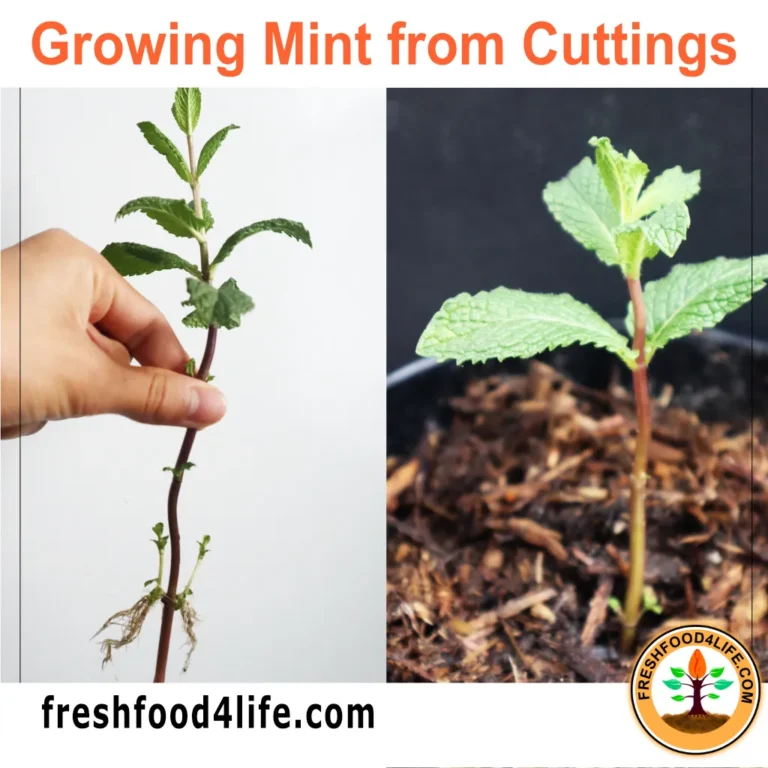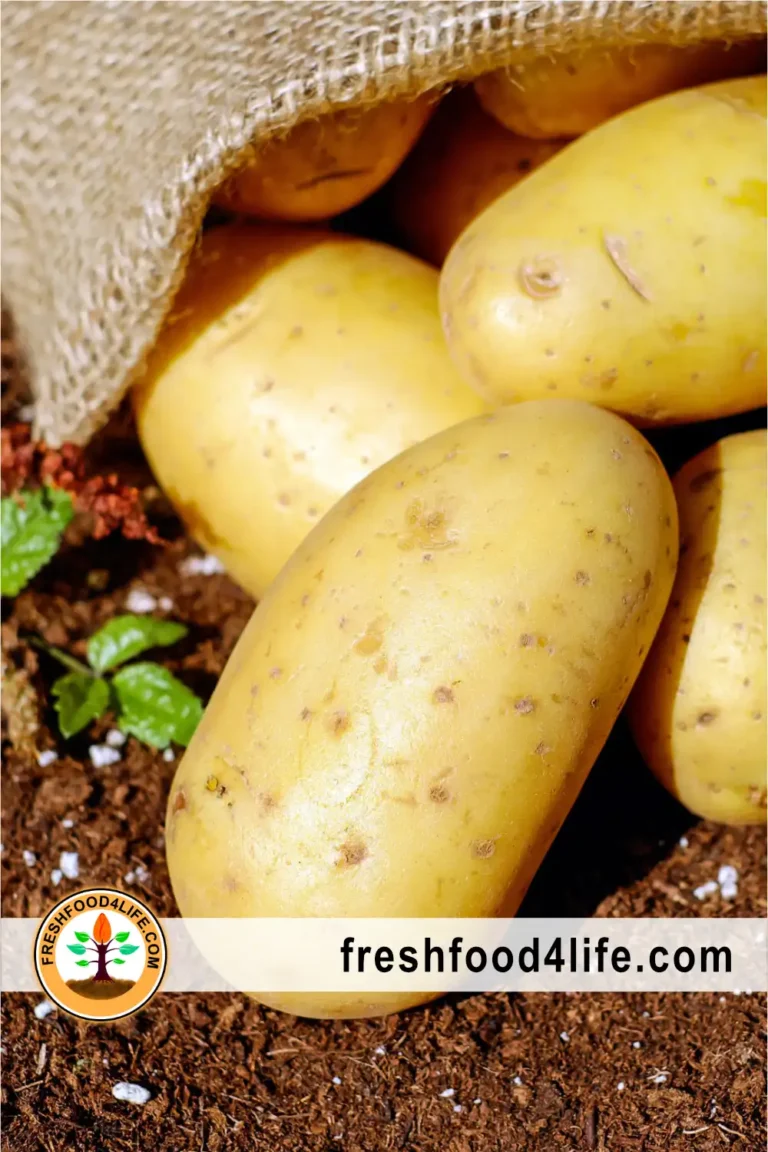Published: April 11, 2022 Last Updated: November 16, 2024

Let’s talk about the easiest plant for novice gardeners. You’ll have to imagine me during late November looking out at my gardenhome garden A designated area around a residential property where individuals cultivate plants, fruits, vegetables, or ornamental plants for personal use. It comprises a farming system that combines physical, social, and economic functions on the area of land around a family home, providing a sustainable source of food and other benefits for the household, extended family, and friends. from the 2nd floor of my house in the suburb of Toronto, Canada. The weather is chilly, single digits (under 10 degrees Celsius) but no snow on the ground. It’s a bright sunny day as I sit down to write the article below. Enjoy.
Table of Contents
Why The Easiest Plant for Gardeners – Big Wins
Imagine being a brand new gardener. Maybe you never grew anything in your life. Now you want to try your hand at something. What’s the best strategy? Start with something that is very difficult for you to kill with your lack of skills! You start with the easiest plant!
What do I mean easiest plant?
You never ever want to start with a plant that is so complex and difficult that if you sneeze on it too hard, you’d practically kill it. You want a hardy plant that will thrive on your neglect and lack of skills.
That said, I want you to imagine me looking out my window as I sit at my desk to write. Its cold outside and my green secret plant is turning brown.
Yikes, Did I Kill the Easiest Plant
Actually, this is one plant that I am super confident I did not kill. Even though I did not water it regularly, I didn’t kill it. Even though I had it exposed to sunlight for long periods, I didn’t kill it. Even when the rabbits came early in the season and nibbled on their shoots, I didn’t kill it.
Who Done It?
It was nature that killed the easiest plant. It had reached the end of its annual life cycle. Looking out my window into my garden I have bitter sweet emotions. My garden is dead or dying as old man winter is blowing his cold wind this way. Any yet, knowing that the easiest plant to grow is dead gives a bit of joy because the yummy reward is close by.
Why So Glum Chum?
Well the plants are now dead or dying. My super easiest plant for beginner gardeners had survived another year. As a novice gardener, it is super easy to show off your skill with a plant that does all the heavy lifting for you. This wonderful plant is a relative of the sunflower plant. Sunflowers typically have a big flower with large mid section that contains all the seeds, surrounded by bright yellow petals, and grown on a tall stem. The relative I speak of is also tall and slender but doesn’t have the single large flower.
The Jerusalem Artichoke
Jerusalem artichoke is the easiest plant for a novice grower. They basically mind themselves all year from spring to fall. The Jerusalem artichoke plant contains three small flowers at the very top of the plant. All that growing and all that effort is to produce just three small bright yellow flowers. Soon after those flowers are pollinated, they begin to dry up. Soon the entire stem and plant dries up. Death has come.
It’s Not All Good Looks
If you know me, you know that I’m a firm believer of growing useful plants around you. While the easiest plant is tall and beautiful, it’s got to have more purpose for me to even want to take the time to grow it. Here is why I find this plant so interesting. Just about now, looking out my window in the period of time between the snow covering and the stems drying up is the perfect time to grab the long awaited treasure from the easiest plant.
My target is the roots of the Jerusalem artichoke plant. And now is the right time to dig up the crop of Jerusalem article roots in the ground. The ground is not frozen over yet and so we can get a batch of them to begin making our soups, other recipes, or juicing them raw with other veggies. I am looking out at my raised garden box in anticipation.

It’s Easy To Be Generous
The root will look something like a sweet potato. You can grow over hundred pounds in a small 12 foot by 12 foot raised garden bedRaised Garden Bed Raised Garden Bed: a freestanding, elevated planting area constructed above ground level. It can be made of wooden walls, faux wood, plastic, concrete, or metal walls. It can be used to grow plants such as vegetables, fruits, flowers, and herbs. The height of a raised bed can typically be from as low as 6 inches above the ground level to 48 inches above the ground. The taller raised garden beds might be referred to as a deep raised bed.. I made a promise to a few people to give them a few pieces to try the taste for themselves. The root has a very earthy taste and can be overpowering in your soups. But I have so much of it this year, I can be generous with many of my friends who wanted to try out this wonder of nature for themselves. It really is the easiest plant for novice growers.
Didn’t Dig All, No Worries
There’s so much of it that I don’t worry if I leave some of it in the ground. In fact, I leave a few to stay in the soil over winter. They’ll still be good to eat as soon as the ground thaws and before they start growing new shoots. Whatever you leave in the soil will just multiply into more shoots of the easiest plant for the next year and the next year, and so on.
It’s A Real Confidence Builder
If you have tried and failed at growing or tried with so little success that it was discouraging, then you need to get some Jerusalem artichoke, the easiest plant to grow. The Jerusalem artichoke plant is the perfect plant for the novice grower or a person with a knack for killing their indoor plants. You know what I mean. Some people just can’t seem to get anything to grow. Ask them to care for a plant and it will die. They’d kill a plastic plant too if that was possible. But not so with the Jerusalem artichoke! This plant takes care of its owner instead of the owner taking care of the plant. (yeah)
Caring For Each Other
The easiest plant is caring for you and you do the bare minimum to care for it. It needs very little water. It grows on its own. It is resistant to pests and disease. It just thrives if left on its own to do what it does best. That is why I recommend it as a starter plant for anyone who is not used to growing their own food garden. In the photo you can see it just bursting through the soil on its own in the Spring. It is a wonderful thing to see it coming up in your garden space.
This plant will help boost the confidence of the novice gardener. It will also feed you at the end of its life cycle. You get a bounty of delicious root nodules that look like a small potato. It tastes like a sweet potato or a yam. It has numerous benefits for the intestinal/gut bacteria.
How I discovered this gem
I wrote about how I started my Jerusalem artichoke crop in my book, Fresh Food4Life. Basically, I had nine small root pieces that had stayed in the fridge too long and were going moldy. I had purchased them in the supermarket and forgot about them. Anyway, I was thinking of composting them when I decided why not try to plant them. I thought if they live, I’ll see what these plants look like and if they die at least the worms will have food to fertilize my garden.
Well, these nine pieces grew into nine tall plants. They were majestic that first year. And I got some free artichokes that year. By years four and five, they had spread in my entire garden box and choked out my strawberries, my lemon thyme, and other small plants. Now they rule my garden box.

Try your hand at planting it in early spring. You will reap the benefit in the autumn.
Until next time, continue to learn and grow.




